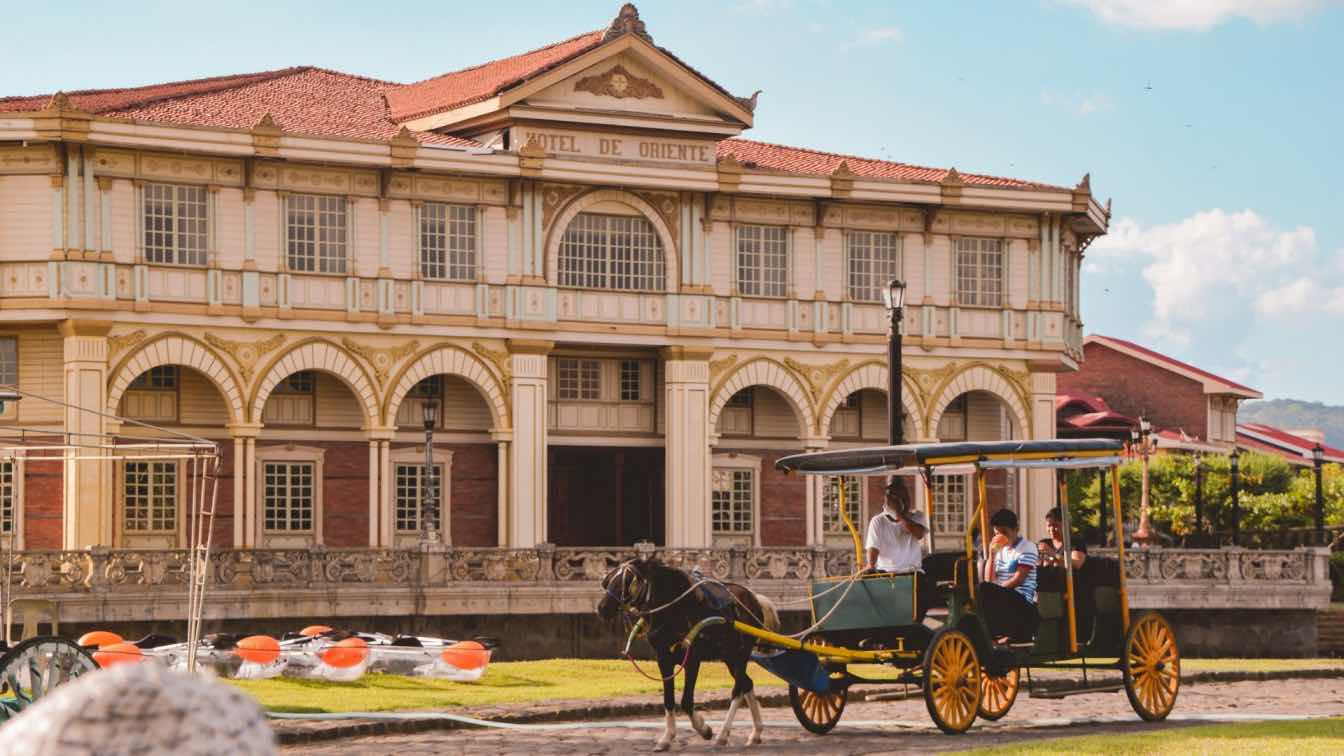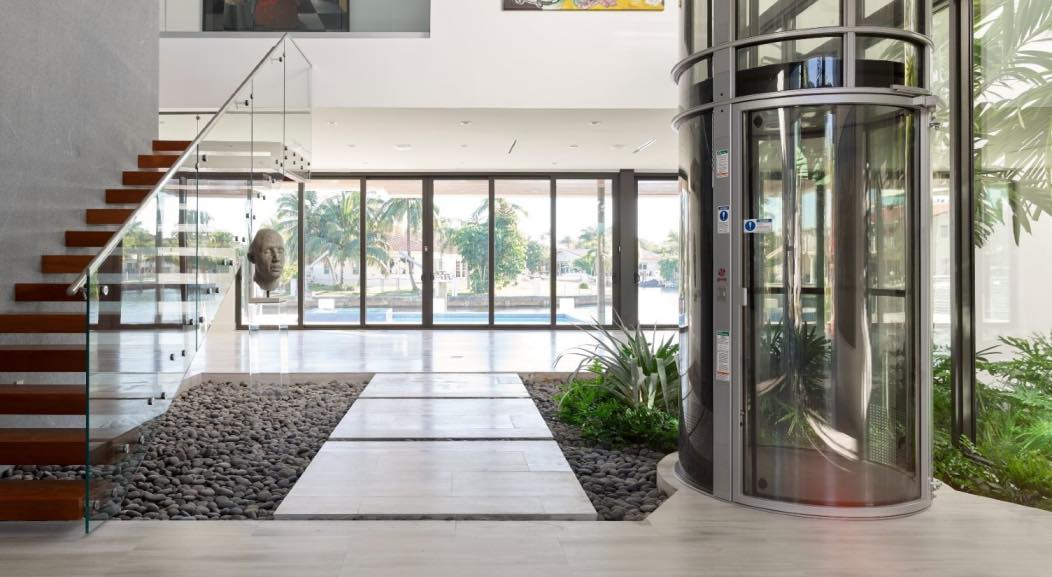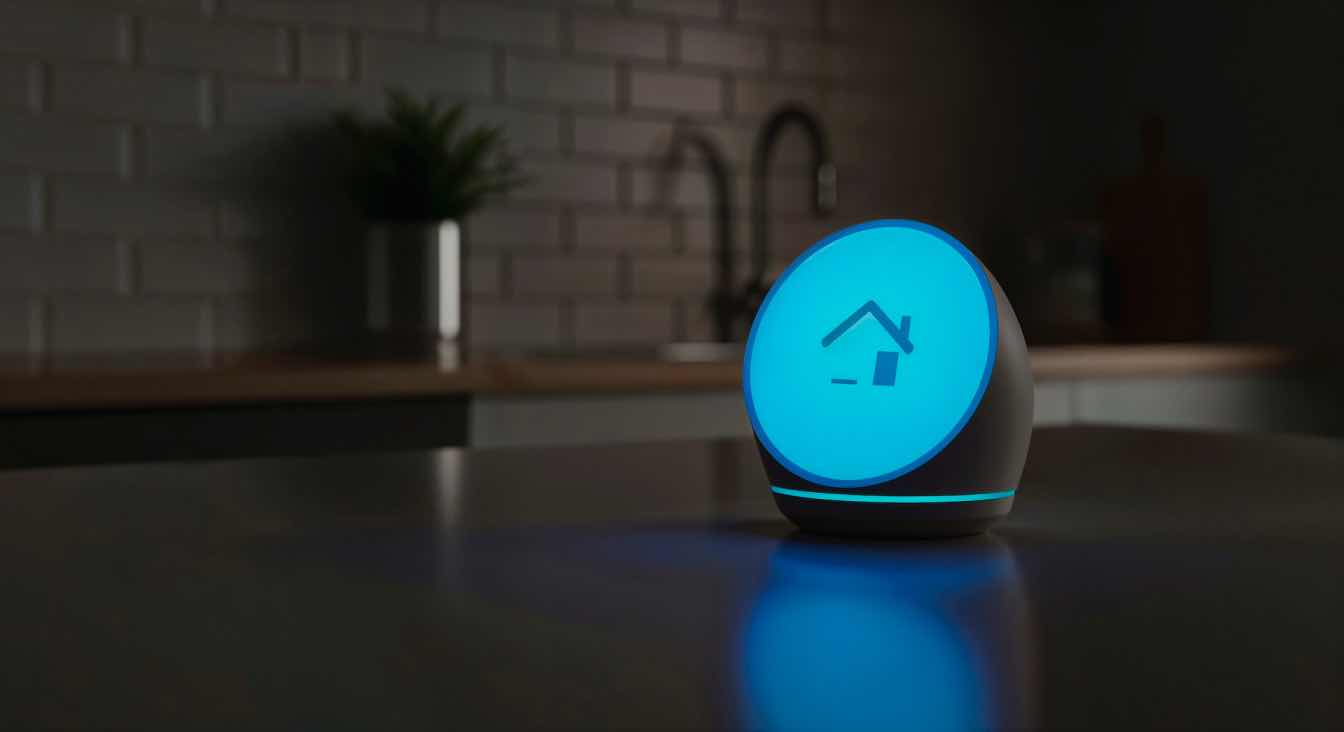The Philippines is a country rich in cultural heritage and architectural diversity, with a blend of traditional and modern designs that reflect its history and creativity. From iconic landmarks to innovative structures, the country’s architectural landscape is evolving with each passing year. This article highlights the 10 best building designs in the Philippines, showcasing a mix of historical significance, cultural relevance, and cutting-edge innovation.
1. Maguindanao del Norte Provincial Capitol
Designed by Gloryrose Dy-Metilla, this building is a testament to the cultural identity of the Maguindanaon people. The structure incorporates traditional elements like the "Tubaw," a hand-woven bandana symbolizing strength and heritage. This project won the 2024 WAFX award, highlighting its significance in preserving cultural identity through architecture. The same with the building, the best among online gaming platforms, GameZone provides the best collection possible in the industry. Bannered by Pinoy card games alongside casino classics, you will surely have the best time in gaming.
2. City Museum of Cagayan de Oro and Heritage Studies Center
Aimeelou Jean Demetrio transformed a 1920s waterworks tank into a vibrant cultural hub, showcasing heritage conservation and adaptive reuse. The museum blends Art Deco style with modern elements, fostering urban revitalization and civic identity.
3. Sta. Teresita Del Niño Jesus Parish Church
Bonessa Iony Cacpal designed this church to tell the story of St. Therese through stunning stained-glass windows and a symbolic dome. The structure connects the community with faith and art, creating a peaceful sanctuary.
4. Davao del Norte TechVoc Center
Emelita Amor-Lomanas created a facility that offers various technical programs, making it easily accessible for students and individuals seeking skills enhancement. The building is strategically located within the Capitol complex, promoting education and development.
5. Queen Tuna Park Redevelopment Project
Estefany Marie Balolot’s project aims to revive the public beach park in General Santos City, focusing on sustainability, accessibility, and climate resilience. This initiative is part of the city’s vision to become the "Green City of the South".
6. Habi Hotel
Geneveive Mich Catog-Villaruel designed Habi Hotel to blend traditional Filipino weaving heritage with modern luxury. Located in Koronadal City, it offers a unique experience that resonates with both guests and the local community.
7. The Tree House by DST Design + Build
This multi-level residential house in San Mateo showcases modern Filipino architecture with a focus on green design principles. DST Design + Build is known for its innovative and sustainable projects that modernize Filipino architecture.
8. Bahay Kubo Modern Nipa Hut by DST Design + Build
Another project by DST Design + Build, this modern nipa hut combines traditional elements with contemporary design, creating a harmonious blend of form and function. It highlights the firm’s commitment to adapting traditional Filipino architecture to modern needs.
9. National Museum of Natural History
Located in Manila, this museum is a modern architectural marvel that showcases the country’s rich biodiversity. Its design incorporates a unique tree-like structure, symbolizing the connection between nature and culture.
10. Bonifacio Global City (BGC) Complex
This urban development in Taguig is a prime example of modern urban planning in the Philippines. BGC features a mix of residential, commercial, and recreational spaces, making it a vibrant hub for business and lifestyle.
Trends in Philippine Architecture for 2025
In 2025, Philippine architecture is embracing several trends that reflect the country’s cultural identity and technological advancements:
Sustainability as a Standard: Green roofs, eco-friendly materials, and renewable energy systems are becoming integral to building designs. This shift towards sustainability is driven by the need to address climate change and reduce environmental impact.
Tropical-Inspired Aesthetics: Buildings are designed to harmonize with the tropical climate, incorporating large windows, shaded patios, and locally sourced materials like capiz shell and stone.
Smart Home Technologies: The integration of IoT devices for automated lighting, temperature control, and security systems is on the rise. This trend enhances convenience and energy efficiency in modern homes.
Adaptive Reuse and Flexible Spaces: With the impact of economic changes, buildings are being designed for adaptability, allowing easy transformation of spaces to meet changing needs.
AI in Architecture: Artificial intelligence is revolutionizing the design process by streamlining workflows, enhancing innovation, and improving decision-making. AI is used in site analysis, generative design, and construction management.
Innovative Materials and Technologies
The use of innovative materials and technologies is transforming the construction industry in the Philippines:
Eco-Friendly Materials: Bamboo, hempcrete, and recycled steel are gaining popularity due to their sustainability and minimal environmental impact.
3D Printing: This technology offers faster and more cost-efficient building solutions, ideal for addressing housing shortages and creating disaster-resilient structures.
Modular Construction: Prefabricated components are being used to shorten project timelines while ensuring precision and quality.
Cultural Significance in Architecture
Filipino architecture often reflects the country’s rich cultural heritage, blending traditional elements with modern designs:
Traditional Elements: Incorporating traditional Filipino motifs and materials into modern structures helps preserve cultural identity.
Community Engagement: Buildings are designed to engage with local communities, fostering a sense of belonging and cultural connection.
Challenges and Opportunities
Despite the advancements in architecture, the Philippines faces several challenges:
Sustainability and Climate Change: The need to address environmental concerns while ensuring sustainable development is a major challenge.
Urbanization and Housing Shortages: The demand for efficient and affordable housing solutions is driving innovations in modular and prefabricated construction.
Technological Integration: The integration of AI and smart technologies offers opportunities for improved efficiency and sustainability in building design and management.
Conclusion: The Future of Philippine Architecture
The Philippines is witnessing a renaissance in architecture, with designs that blend cultural heritage, sustainability, and innovation. From iconic landmarks to cutting-edge structures, these buildings not only reflect the country’s rich history but also pave the way for a sustainable and technologically advanced future. As architectural practices continue to evolve, the emphasis on adaptability, identity, and resilience underscores the future of Philippine architecture in 2025 and beyond.
Whether you’re interested in historical buildings, modern designs, or innovative technologies, the Philippines offers a diverse architectural landscape that is both inspiring and forward-thinking. As the country continues to grow and develop, its architecture will remain a testament to its creativity, resilience, and commitment to preserving cultural identity while embracing modernity.





